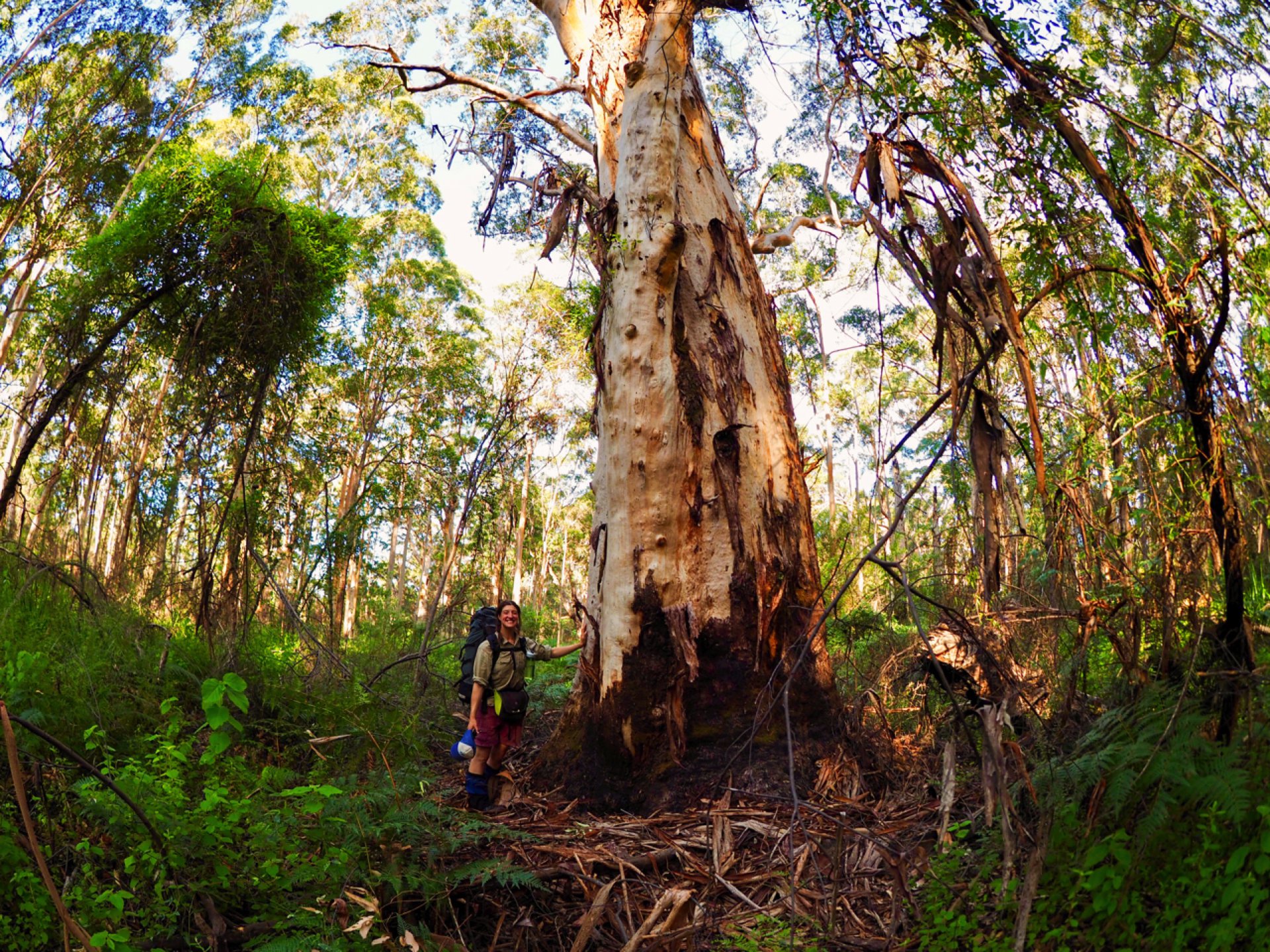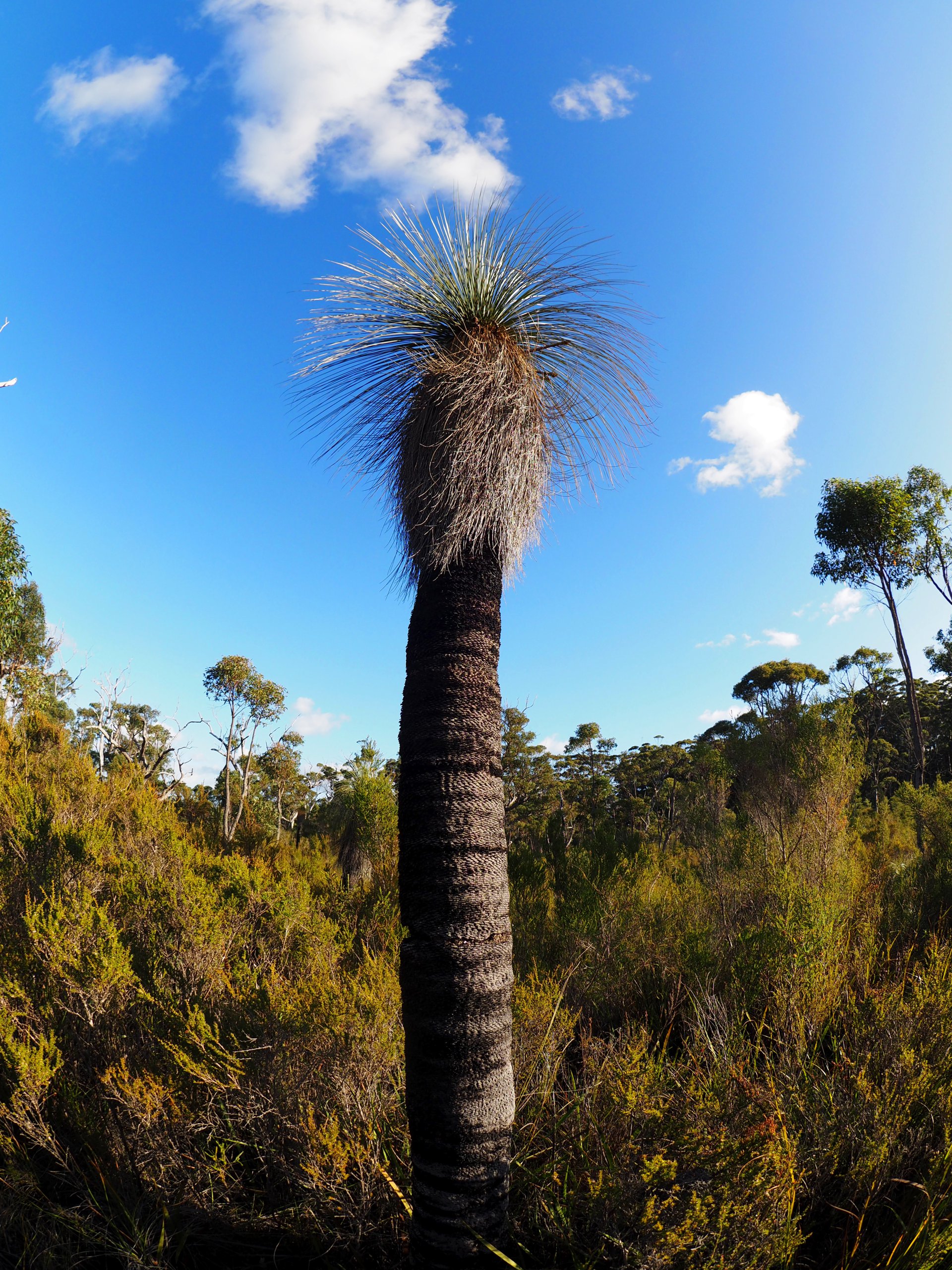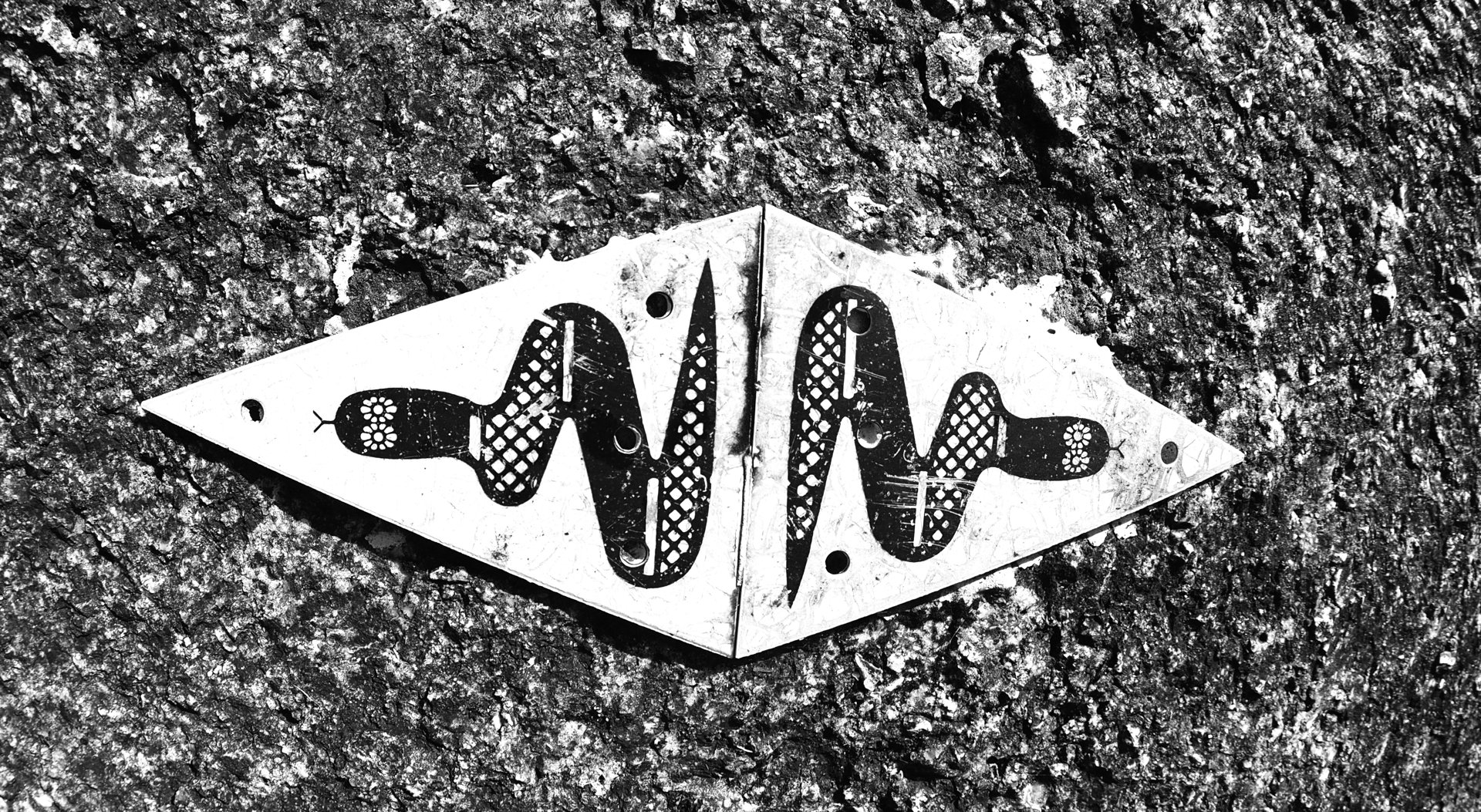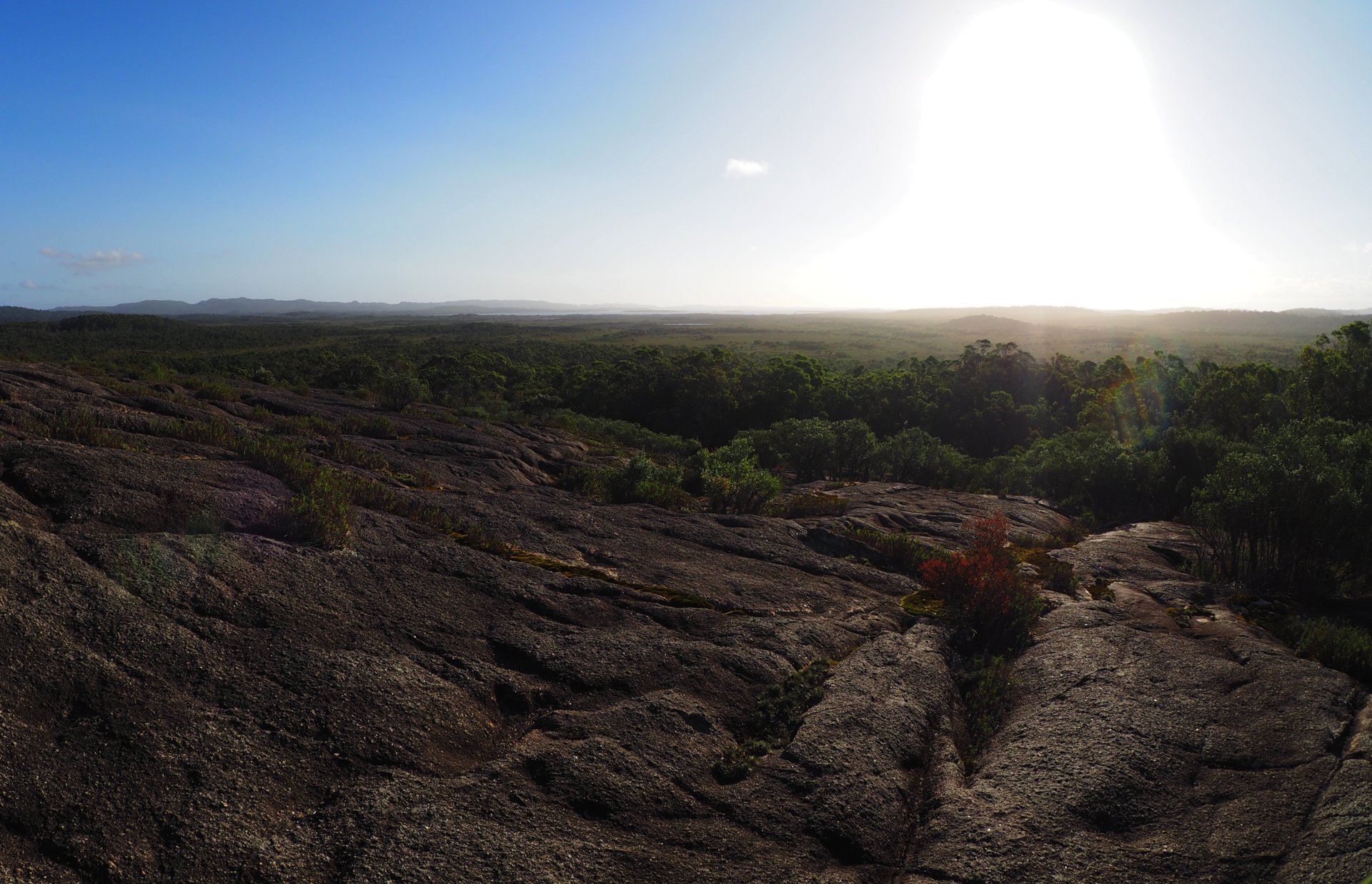Looking upward, the Karri trees towered above me with their creams, pinks, oranges, yellows and deep greens curving up their smooth trunks, shining in the sun. Eucalyptus divisicolour – the scientific name says it all. My pack harness creaked and I breathed in the fresh South West air. As a black-cockatoo arrived at the branch high above me, I relaxed into the forest.
I have spent my life exploring wild spaces, but the Karri forests of Australia’s diverse South West are truly special. The South West is a vast and flat land, extending over 350,000 square kilometres with its highest point reaching 1,095 metres above sea level. This country is home to wild spaces where time diminishes into nothingness and you become immersed in the awe of high canopies and open landscapes.

It’s not only the majestic trees that distinguish this landscape. There are secrets underground in the limestone caves that riddle the South West. Upon exploring their darkness, a time capsule full of hidden creatures is revealed. This is the Gondwanan world of giant Thylacaleo, a jaguar-like creature, and Procoptodon goliah, the two-metre-tall Short-faced Kangaroo. The imagination can run wild in a world where Diprotodons (oversized wombats as big as cows) roamed the earth. In this world, Antarctica, Africa, India and Australia were all connected. The secret spiders of this time, Moggridgea tingle – a trapdoor spider discovered in Walpole with relatives in South Africa – provide a link between the now-split landscapes of an old world.
Presently, the South West of Australia is a biodiversity hotspot with a high degree of endemic species. There is an incredible array of plants with over 2,000 vascular species occurring here. These include giant Karri trees, the endemic Kingia australis and the relics of Gondwanaland, Eucalyptus jacksonni, the Red Tingle Trees. The reptile world has 30 endemic species living here, including Australia’s most threatened reptile, the Western Swamp Turtle (Pseudemmydura umbrina). Add this to the 30 species of amphibians and 20 species of freshwater fishes, 12 endemic mammals and 12 endemic bird species and you will begin to understand why the South West is a biodiversity hotspot. It is a landscape of diversity and natural beauty. This special place is also a land of powerful stories, with connections to Indigenous culture.

Connecting to country is an important concept in Indigenous Australian culture. Non-indigenous Australians can take inspiration from this by better understanding the history of the landscape and fostering a relationship with it. West Australian places attempt to honour those whose land we wander on with names preserving culture and signalling where you might find something. There is the aptly named Nornalup or ‘place of the black snake’, Manjimup – ‘place of reed’ – where an edible water reed can be found in the fresh water, and the famous Bibbulmun Track (the Bibbulmun are a sub-group of the Noongar people). Learning about Indigenous names, stories and culture is, for me, an important part of understanding a landscape and the peoples who were first connected to it.

The idea of connecting with place is something to which we should all aspire. As I stood humbled by the grandeur of the Karri trees, I reflected on how this landscape had inspired me to study and pursue a career focused on connecting others to nature and conserving natural places. I was again humbled by the simple beauty of trees and open wild space in a place that feels like home. By being in wildness, we offer ourselves the opportunity to reconnect. In the most photogenic of landscapes, we reconnect not only with nature and learn a landscape, but create the time for ourselves, a time to connect with what is important.
Banner image courtesy of Kimberley Kliska.


Leave a Reply